Sicilian pizza (Sfincione)
Sicilian pizza, “sfincione”, is a generous, spongy, focaccia-like crust topped with a tomato sauce that’s enriched with strong cheese, anchovies, onions and oregano.
Here’s a step-by-step sfincione recipe to make that Sicilian pizza at home and recreate the vibes of the lively streets of Palermo. Cut into smaller pieces, this is the perfect food to be shared with friends alongside your favourite Sanpellegrino Italian Sparkling Drink.

ORIGINS
There are many stories on the origins of sfincione, but many lead to the nuns of the Monastery of San Vito in Palermo, where it is said to have been prepared as an alternative to the usual pani schittu, that is, ‘plain bread’. Simple but totally irresistible, the Sicilian pizza is yet another example of the “cucina povera” of Italy. Basic ingredients such as flour and tomato sauce, cleverly enhanced with a touch of anchovies and caciocavallo cheese, the sfincione is a much loved ambassador of the local street food culture of Sicily.
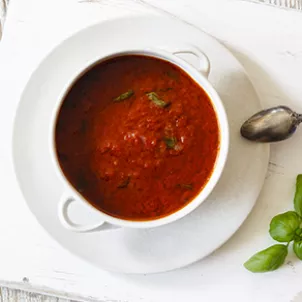
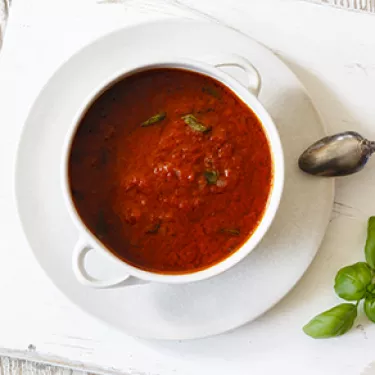
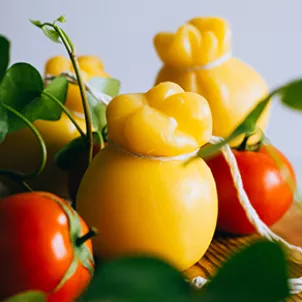
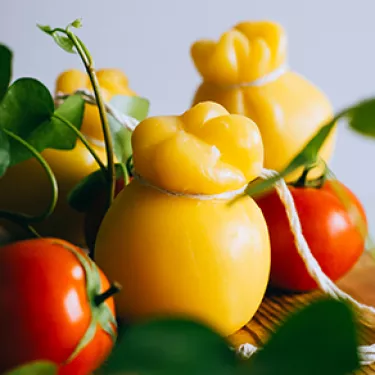


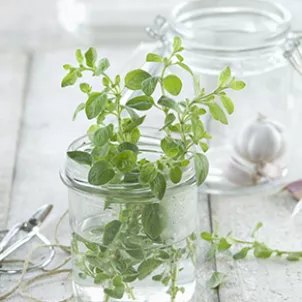
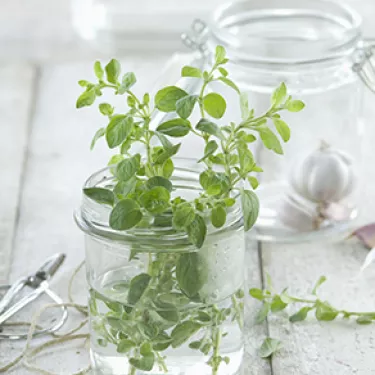
RECIPE
All over Palermo, sfincione is a constant fixture at local bakeries and street food vendors, of which some that zoom around the city on the infinitely charming three-wheeled scooter vans. As such, recipes for the Sicilian pizza vary widely amongst bakeries and families, but some key features do not change – the bread is leavened to be soft and light using just a small amount of oil, the cheese is sprinkled on before the sauce (unlike the typical pizza where the cheese goes on top), anchovies and oregano are a must. Where possible, try to use the local variety of caciocavallo cheese from Palermo.
For those short of time, it is good to know the dough can be prepared and left to rise in the fridge overnight. Just make sure to cover it well with plastic and to remove from the fridge a couple of hours before baking to bring it to room temperature.
PREPARATION
1. To make the dough: in a stand mixer with the dough hook attachment at medium speed, combine flour, yeast and gradually add just enough water to make a very soft, smooth dough. This may take around 10 minutes.
2. Gradually drizzle in 2 tablespoons of oil and continue working the dough until the oil is well combined. Add in the salt and combine.
3. Place the dough on a lightly floured surface and knead lightly for a few minutes. Form a ball, place in a bowl, cover with plastic and set aside in a warm place for 2-3 hours until it has doubled in volume.
4. Whilst the dough is resting, prepare the topping: heat 2 tablespoons of oil in a large pan and sauté the onions over medium heat until soft and lightly golden. Pour 50 ml of water into the pan along with the tomatoes. Season with salt and pepper, simmer for 30 minutes, stirring occasionally. Remove from heat, set aside to cool.
5. Lightly toast the breadcrumbs with 2 tablespoons of oil.
6. Prepare the dough: dump the dough in a well oiled 40 x 30 cm rimmed baking sheet. Place the dough in the tin and using oiled hands, push and stretch the dough into the corners of the pan by pressing out from the centre, lifting each corner and stretching it to fill the tin with dough. Set aside for 30 minutes.
7. Preheat the oven to 200°C. Sprinkle the dough with grated pecorino cheese, diced caciocavallo cheese and distribute the anchovies evenly on top. Spoon sauce on top of the cheese and spread with the back of a spoon. Sprinkle with oregano and toasted breadcrumbs.
8. Bake for 30 minutes until edges are golden brown and sauce is bubbling. Cut into squares to serve.
INTERESTING FACTS
Sfincione gets its name from the Latin word for “sponge” - spongia, as a reference to the sfincione’s incredibly soft interior. So important is this spongy Sicilian pizza in the culture of Sicily, the Ministry of Agricultural, Food and Forestry Policies has the sfincione included in the special list of traditional Italian food products for the region!
A popular food like this always has its variants. A well known variation is that of the nearby Bagheria city, called the sfincione bianco, or “white sfincione.” Here, they like their sfincione prepared without tomato sauce – hence, “white” – and usually comes topped with anchovies, onions and tuma cheese (often substituted also with hard ricotta).


